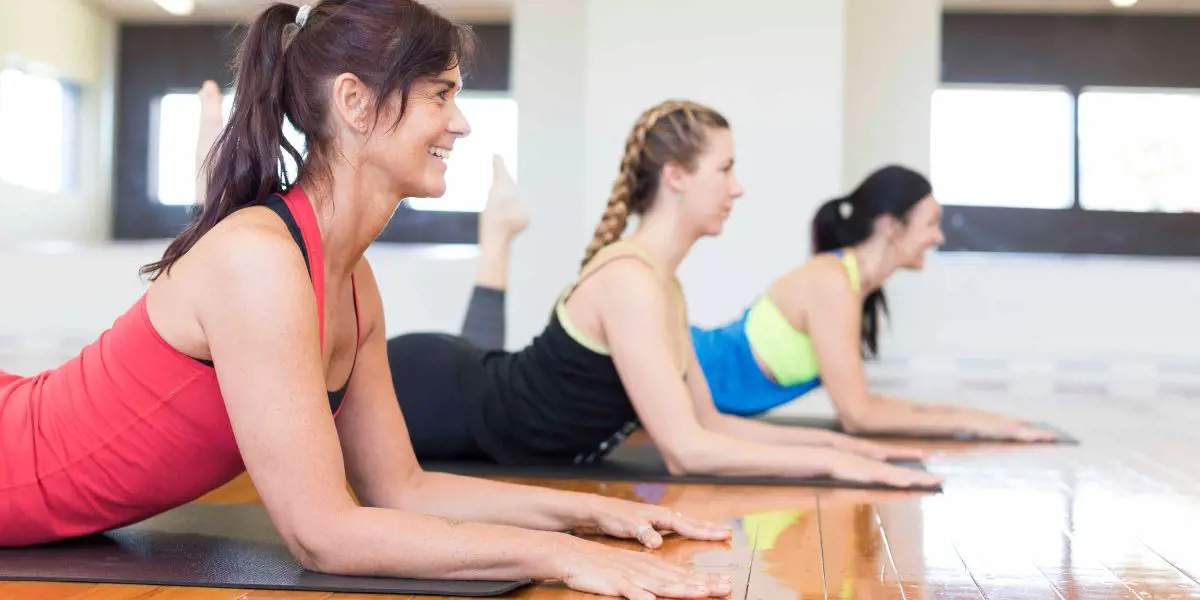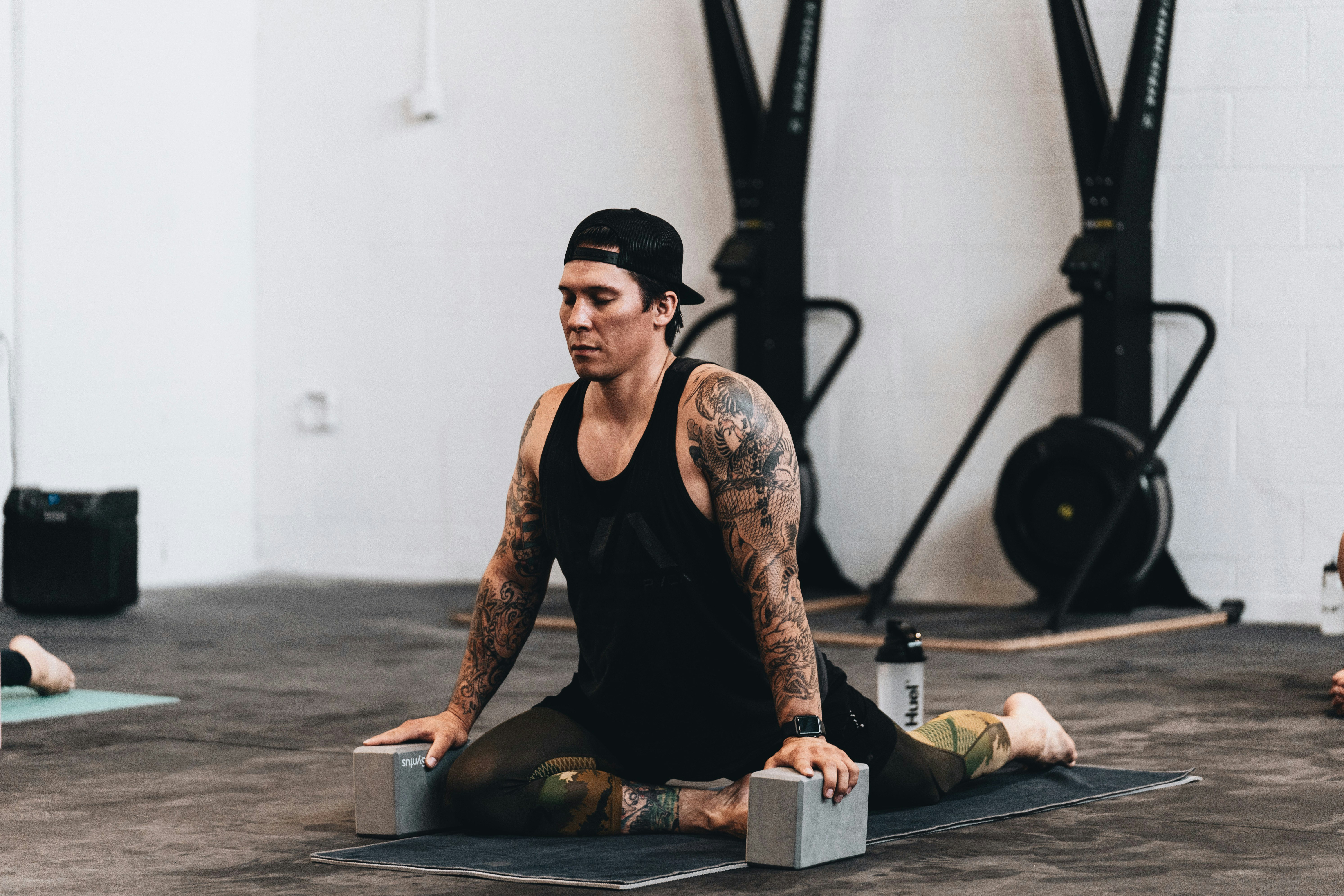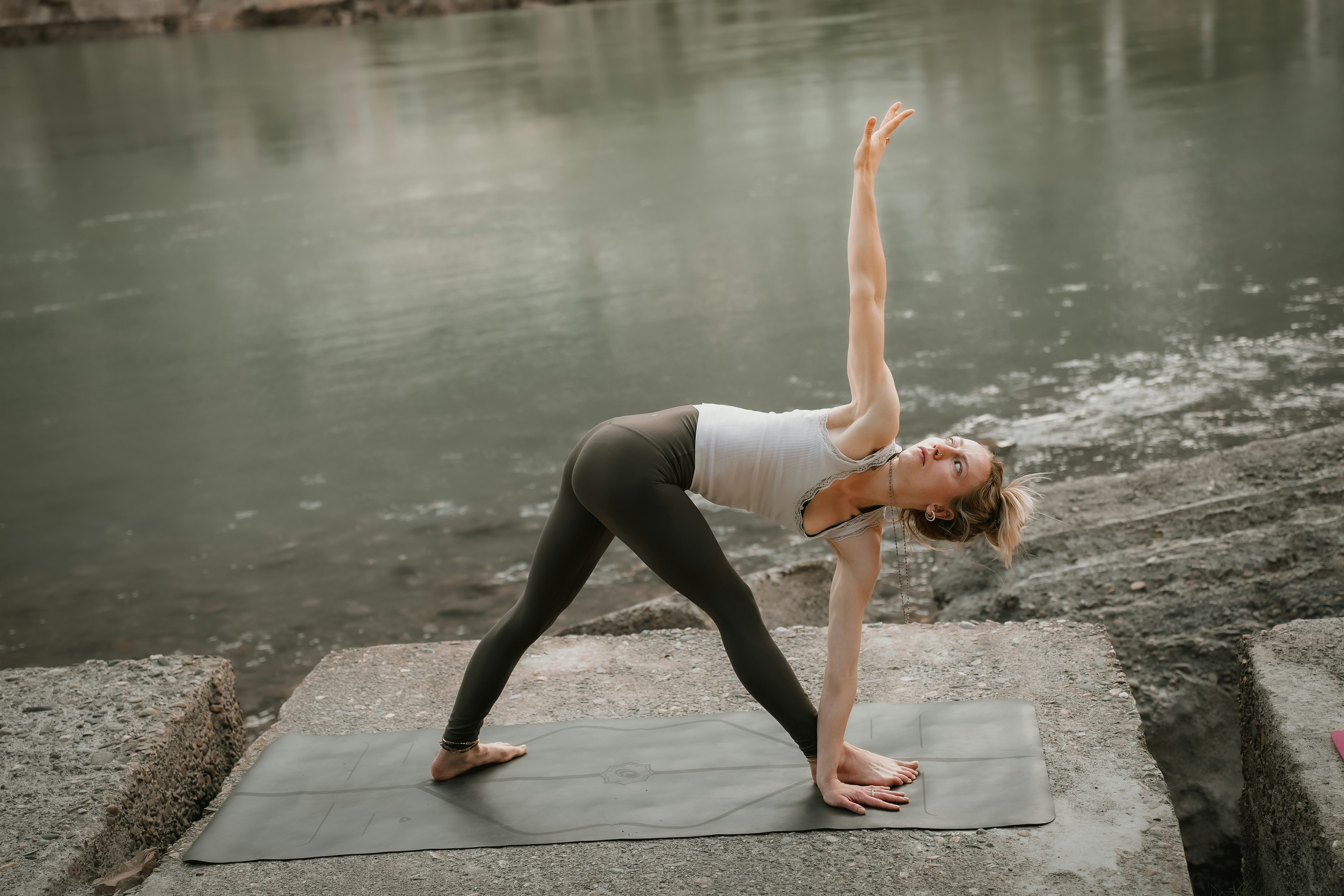Practice
Bakasana: Mastering the Crow Pose

When I first encountered Bakasana, or Crow Pose, in my yoga practice, I was immediately intrigued by the strength, balance, and focus it required. To some, it might seem like a simple arm balance, but as I spent more time with this pose, I realized that Bakasana is much more than just lifting your body off the ground. It represents a mental and physical challenge that can teach us about control, patience, and overcoming fear.
Understanding Bakasana
Bakasana, also known as Crow Pose, is an arm balance in which you support your body on your hands with your knees resting on the upper arms. To perform this pose, you must lift your feet off the ground while maintaining balance. Although it appears simple from the outside, the pose requires an incredible amount of strength, body awareness, and focus. Initially, the idea of balancing on my hands felt intimidating, but as I practiced consistently, I began to realize that Bakasana is not only about physical strength but also mental clarity and calm.
This pose helps to develop a deep connection between the body and the mind. When I perform Bakasana, I find myself tuning out external distractions, focusing entirely on my breath, the alignment of my body, and the engagement of my muscles. It’s a reminder that yoga is not just about stretching or strengthening but also about cultivating a mindful state of being. Every time I enter this pose, I feel a renewed sense of determination and confidence.
The Benefits of Bakasana
While Bakasana may appear to be a challenging arm balance, the benefits of this pose extend far beyond simply holding the pose itself. With regular practice, I’ve noticed a number of improvements in my physical and mental health, and I want to share some of these benefits with you.
Strength Building in the Arms and Core
One of the first things I noticed when practicing Bakasana was the immediate engagement of my core and arms. In order to lift my body off the ground and maintain balance, I have to rely on both my upper body and core strength. The arms play a crucial role in stabilizing the body while also supporting the full weight of the legs. This can help to build and tone muscles in the arms, shoulders, and wrists, which is particularly beneficial for yogis who want to improve their strength for other arm balance poses.
The core, too, plays a significant role in maintaining the pose. When you lift into Bakasana, you need to activate your abdominals to avoid sagging or tipping forward. As I practiced, I began to feel a noticeable increase in my abdominal strength, which also improved my performance in other yoga poses that require core engagement, such as Plank Pose and Boat Pose.
Improving Balance and Coordination
Bakasana has also helped me develop better balance and coordination. Unlike static poses like Downward Dog or Warrior I, Bakasana demands that I find a dynamic balance between strength and lightness. As my weight shifts forward onto my arms, I need to find the perfect alignment to keep my body steady while my legs hover just above the floor. It’s an exercise in patience and precision, and it requires me to be deeply aware of my body’s movements.
Maintaining focus and concentration is essential in this pose. For me, practicing Bakasana has been an ongoing journey of learning how to stay present. The mental focus required for this pose helps me tune into my body’s signals, which is especially important in yoga practice. In addition to strengthening the body, Bakasana has sharpened my ability to concentrate and stay mindful in all aspects of my life.
Building Confidence and Overcoming Fear
Another significant benefit I’ve experienced from practicing Bakasana is the development of self-confidence. When I first began, I was nervous and unsure of my ability to balance. But as I continued to try and failed, I began to realize that each fall was just a stepping stone toward mastering the pose. With every attempt, I learned how to trust myself and my abilities. Overcoming fear in this pose has shown me that with patience, practice, and perseverance, anything is possible.
The fear of falling is something that initially made me hesitant to try Bakasana, but I soon realized that falling is part of the learning process. Rather than viewing each fall as a failure, I began to see it as an opportunity to learn and improve. Every time I fell, I would adjust my technique and try again with greater awareness and confidence.
How to Practice Bakasana
If you’re new to Bakasana or want to improve your technique, it’s important to approach this pose step by step. I’ve found that taking the time to build a solid foundation makes the process of learning Bakasana much more manageable. Here’s how I typically approach the pose.
Step-by-Step Guide
- Start in a Squat Position
Begin in a deep squat with your feet about hip-width apart. Your knees should be bent, and your arms should be positioned between your knees. Make sure your hands are firmly placed on the mat, shoulder-width apart, with your fingers spread wide for stability. - Engage Your Core and Press Down
Before attempting to lift, I always focus on engaging my core and pressing my hands firmly into the ground. This engagement helps build stability and prepares the body for the next step. Your arms should be strong, your gaze forward, and your body aligned. - Shift Your Weight Forward
Slowly shift your weight forward, allowing your torso to lean over your hands. As you do this, your knees should come to rest on your upper arms, just above your elbows. The weight will begin to move into your arms, which need to be strong and stable to support you. - Lift Your Feet
Now comes the fun part – lifting your feet off the ground. Start with one foot and then the other. Keep your gaze forward and maintain a strong core. I find that focusing on the breath and keeping a calm mind helps me achieve the necessary balance. - Find Your Balance
Once you have lifted both feet off the ground, it’s time to find your balance. It might take a few tries to find that sweet spot where your body feels steady. The more you practice, the easier it becomes to hold the position for longer periods of time.
Modifications for Beginners
If Bakasana feels too challenging at first, there are a few modifications that can help build strength and confidence. For example, I’ve found it helpful to practice with blocks under my feet. This modification provides extra lift and support as I work on building strength and technique.
Another modification is to practice holding a high plank position or Dolphin Pose before attempting the full Bakasana. These poses help strengthen the arms and core, which are crucial for balancing in Bakasana.
Conclusion
Bakasana has been a transformative part of my yoga practice. Beyond the physical benefits of building strength and improving balance, it has taught me valuable lessons in overcoming fear and building confidence. Every time I practice, I am reminded that yoga is not just about perfecting a pose but about cultivating patience, perseverance, and self-trust.
While Bakasana may seem intimidating at first, it’s a pose that can be mastered with time, dedication, and the right mindset. It’s a reminder that even when things feel challenging, we have the strength to rise, balance, and find stability – both on and off the mat.










